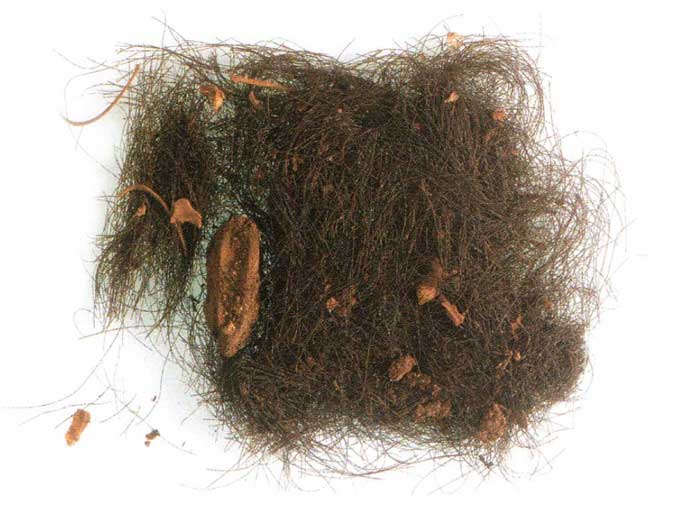Europe's oldest physical proof of drug use is revealed by hair analysis.
Analyses of human hair found in a Mediterranean cave turned up psychoactive plant substances, revealing use of hallucinogens around 3,000 years ago.

Human hair recovered in a Mediterranean island cave has yielded Europe’s oldest direct evidence of people taking hallucinogenic drugs, researchers say.
By around 3,000 years ago, visitors at Es Càrritx cave on Menorca — perhaps shamans who performed spiritual and healing rituals — consumed plants containing mind-altering and vision-inducing substances, say archaeologist Elisa Guerra-Doce of the University of Valladolid in Spain and colleagues.
Signs of human activity at the cave, including more than 200 human graves arrayed in a chamber at the entrance, were previously dated to between around 3,600 and 2,800 years ago. Researchers had also found a hoard of objects in a small pit within an inner cave chamber, including six wooden containers, each containing locks of human hair.

Chemical analyses of one container’s locks, possibly from more than one person, detected three psychoactive plant substances that had been ingested and absorbed into the hair over nearly a year, the scientists report April 6 in Scientific Reports.
Two substances, atropine and scopolamine from nightshade plants, induce disorientation, hallucinations and altered physical sensations. Another, ephedrine, boosts energy and alertness. Shamans would have known how to handle and consume these potentially toxic plants safely, the investigators say.
Individuals intent on preserving ancient traditions hid hair and other ritually significant objects at Es Càrritx as Menorca’s growing population spurred social changes between 3,000 and 2,800 years ago, the researchers speculate. Burial rituals had included dyeing strands of hair on corpses a reddish color and later cutting off some locks to be put in containers left near graves.
Other hair analyses have found that Inca kids slated for sacrifice more than 500 years ago ingested hallucinogenic drinks and coca leaves and alcohol (SN: 5/13/22; SN: 7/29/13). And a 2005 study found chemical signs of coca-leaf chewing in the hair of two human mummies from Chile dating to around 3,000 years ago. Indirect evidence of drug use in various parts of the world, such as artistic depictions, go back further.






















